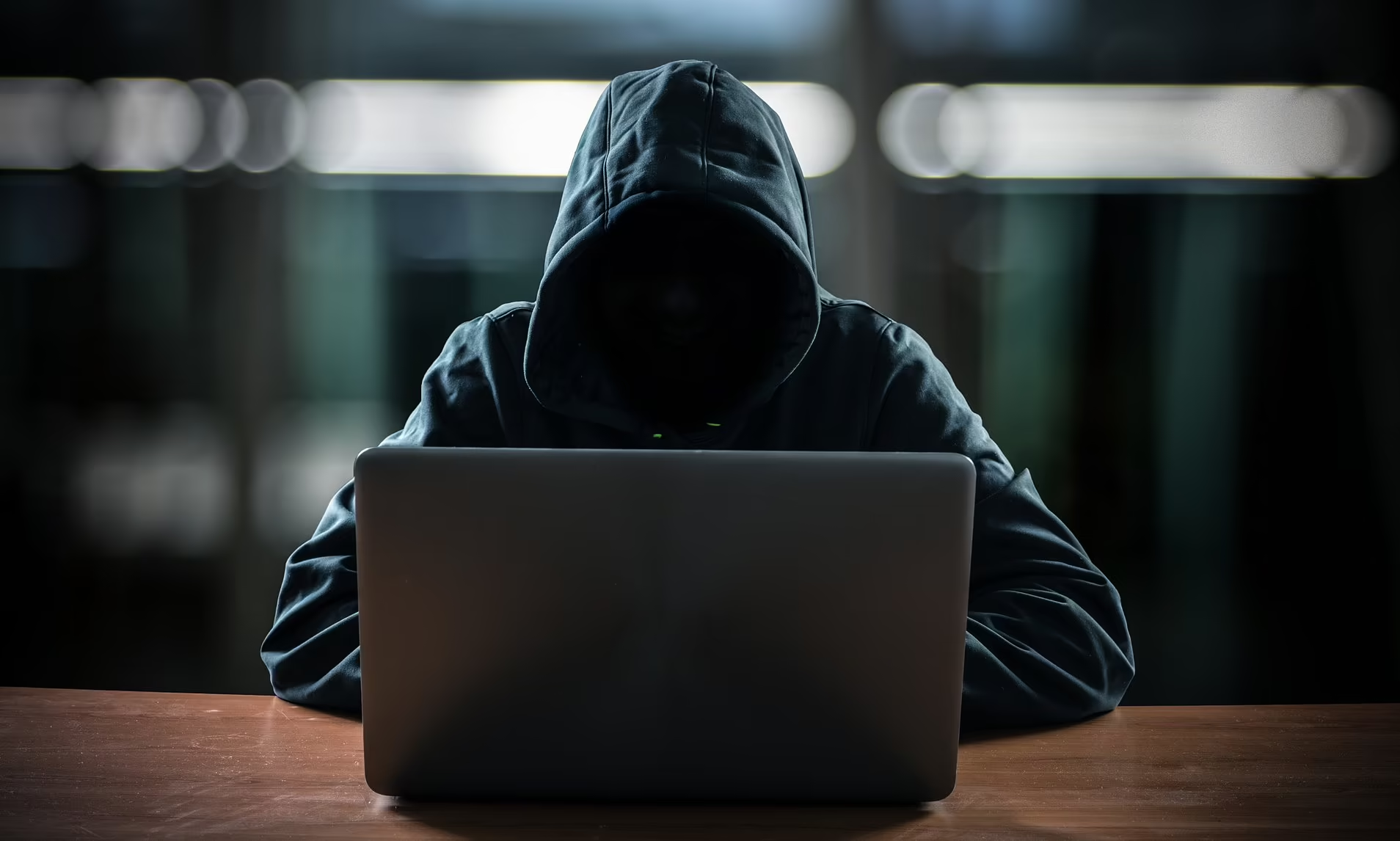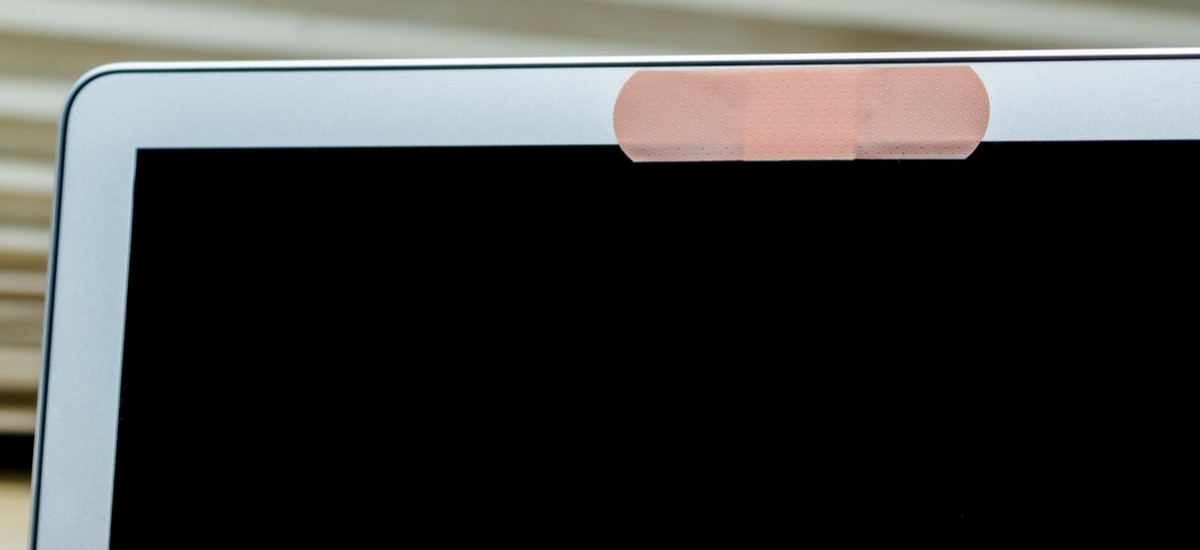From Convenience to Vulnerability- How to safeguard your webcam from hackers and protect your privacy.
 talk2felly
talk2felly
Camfecting: This is an unpopular word that shakes the very foundation of trust and privacy - the "dark side of connectivity". It is essential to understand how to safeguard your privacy and protect yourself from potential intrusions. Fear not! it is very easy to fortify your defenses against camfecting attempts and maintain your privacy in the digital world.
In simple terms, camfecting is simply webcam hacking/spying.
It is crucial to exercise caution and avoid instantly trusting an individual who sends you threatening messages alleging that your webcam has been hacked and they possess sensitive information about you. Take a moment to evaluate the situation. Ask yourself if there is any concrete evidence that they have webcam footage of you without you having downloaded anything or clicked on any links. Consider if their story told aligns with your actual activities in front of your computer. It is possible that this might be a social engineering scheme in which fraudsters manipulate your emotions to collect information about you and potentially compromise your security. Remember, they often rely on creating a sense of urgency and fear to manipulate their targets.
Protecting your personal space and data is not just a priority—it's your right! Practice cyber-hygiene.
HOW DOES WEBCAM HACKING OCCUR?
Unlike viruses, which spreads through replication, Trojans are installed directly into your device. Trojans are hidden within programs that you install on purpose. Rather than spreading from one system to another, they typically infiltrate your device through various means such as downloading and executing malicious files, clicking on malicious links, or opening infected email attachments. In essence, If you don't want a webcam infection, avoid questionable websites, and do not install applications from sources you do not trust. Once these Trojans are installed, they can carry out a range of malicious activities, such as stealing sensitive information, monitoring your online activities, or even granting unauthorized access to your device to remote attackers for webcam hacking.
HOW TO AVOID WEBCAM HACKING/SPYING (CAMFECTING).
Always update your software: Like any internet-connected device, practicing good security measures will help protect you from webcam hacking. Regularly update your operating system, antivirus software, and applications. These updates often include security patches that address vulnerabilities hackers may exploit. Also, turn on your Firewall.
To access firewall settings on Windows, go to “Control Panel > System and Security > Windows Defender Firewall > Turn Windows Firewall On or Off.”
On macOS, head to System Preferences > Security & Privacy > Firewall.
Cover your webcam: This is the easiest and 100% reliable way to prevent someone from watching you through your computer camera. Before dismissing this as overly paranoid, consider the shrewdness you would demonstrate to hackers when they discover that you have proactively taken measures to safeguard your privacy by covering your webcam. Alternatively, you can use various sticky materials like masking tape to cover the camera. This is a small investment that can go a long way in protecting your privacy. A webcam cover provides an extra layer of security by physically blocking the camera when not in use. It's a very simple and cost-effective solution.

Placing a piece of black tape over a camera is one simple low-tech solution for webcam hacking.
Click with caution!: Avoid clicking on unknown links or downloading files from untrusted sources. These can be disguised as harmless content but may contain malware that can compromise your webcam and personal data. Be wary of shortened URLs or unfamiliar websites. Hover your mouse over the link to see the actual URL and ensure it matches the expected destination. Treat emails from unknown senders with caution. I spoke extensively about this in a LinkedIn post here.
Secure your Wi-Fi network: Public Wi-Fi networks are highly susceptible to hacking, as cybercriminals frequently focus on individuals accessing free hotspots with the intention of covertly injecting malware into their devices. Set a strong password for your Wi-Fi network and enable encryption (WPA2 or WPA3). This makes your internet traffic private, and also prevents unauthorized access to your network, reducing the risk of camfecting attacks.
Use secure video chat applications: Use trusted video chat platforms that prioritize security and privacy. Always review and adjust the privacy settings within these applications to ensure you have control over your webcam access.
What if I use a USB-connected webcam on my Desktop? If you do, it is advisable to disconnect the USB-connected webcam from your desktop when it is not being used to ensure protection against unauthorized access.
Use safe browser extensions: We all love the ease that comes with using browser extensions. However, not all extensions are safe. Ensure you use only trusted browser extensions.
Turn on HTTPS-Only mode on your browser: This encrypts your communications with many major websites, making your browsing more secure. It automatically redirects your connection to the secure version of a website, protecting your data from interception or manipulation. How to turn it on
Firefox
The steps below apply to the Firefox desktop. Settings > Privacy & Security > Scroll to Bottom > Enable HTTPS-Only Mode
Chrome
On both desktop and mobile, go to; Settings > Privacy and security > Security > Scroll to the bottom > Toggle “Always use secure connections”
This feature is also under the flag chrome://flags/#https-only-mode-setting.
Edge
Visit
edge://flags/#edge-automatic-httpsand enable Automatic HTTPSHit the “Restart” button that appears to restart Microsoft Edge.
Visit edge://settings/privacy, scroll down, and turn on “Automatically switch to more secure connections with Automatic HTTPS”.
How do I know if my webcam has been hacked?
One sign that your webcam could be hacked or malicious software could be controlling your webcam is an LED light that blinks randomly. If you noticed the red LED light in your camera flashes often, then it's a sign your camera is in use by a third party. When you notice this, disconnect the computer from the Internet and run a full system scan using your anti-virus program, as your computer could be infected. Alternatively, you can completely disable the webcam through the Device Manager and enable it when you want to use it.
Use the Google webcam test to run a test on your webcam. To do this, go to https://webcamtests.com/ and wait to see if it detects your webcam. If it brings out this message below;
looks like your browser is blocking access to webcam identifiers. Because of this, it’s impossible to detect and manage all available webcams.Click here to allow access to webcam identifiers.when you see this message, feel free to click to allow access and run the test. With this, it means your webcam is not hacked. But if your webcam does not show up, then it's likely being used by another application. This may mean that you are hacked.
When it comes to security, it’s always better to have a proactive attitude, rather than reactive. Before you become a victim of camera hacking, prevent it.
As our reliance on webcams for communication continues to grow, so does the need to safeguard our privacy from potential hackers. By following the practical tips outlined in this article, you can strengthen your webcam security, minimize vulnerabilities, and protect your privacy.
If you found these tips helpful, feel free to share them with your network. Together, let's create a safer and more secure digital landscape for everyone.
I will see you in my next read. Until then, PRACTICE CYBER-HYGIENE.
Subscribe to my newsletter
Read articles from talk2felly directly inside your inbox. Subscribe to the newsletter, and don't miss out.
Written by

talk2felly
talk2felly
Cybersecurity Analyst// SecOps//Technical Writer//